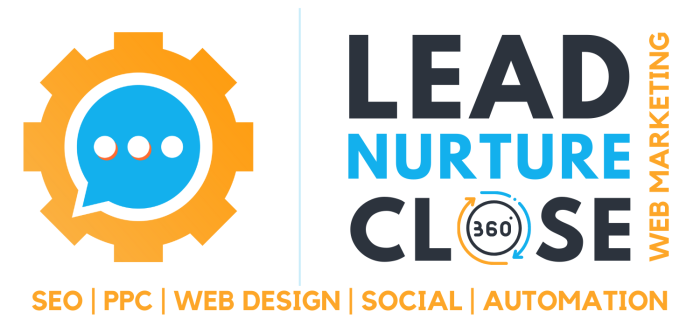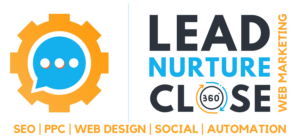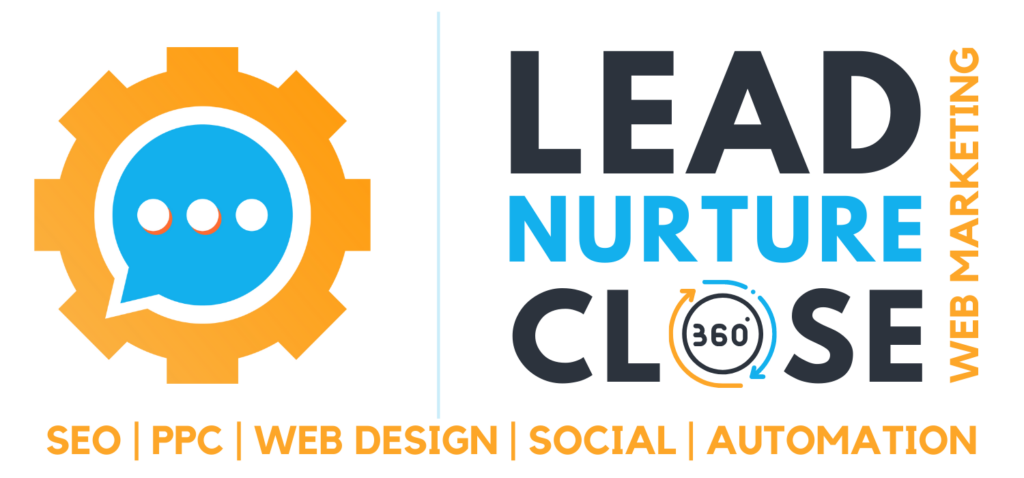According to the World Health Organization, more than one billion people across the globe live with some type of disability. That’s 15 percent, or roughly one in seven people. Due to a rise in chronic health conditions and population aging, the number of people experiencing disability is also increasing each year.
Do you know if your emails are accessible to everyone on your list? If you’re not sure, you could be alienating a significant percentage of your audience.
This guide looks at why optimizing your emails for accessibility is actually good for business and highlights various content and design mistakes that could be making your emails less accessible to potential customers.
Why Email Accessibility Matters
There are four key reasons why failing to make emails accessible is bad for business:
- A significant number of your email subscribers could have a disability
As already stated, one in seven people have some kind of physical or mental disability. Around 43 million people worldwide are blind, and 295 million people experience moderate and severe vision impairment. Color blindness affects approximately one in 12 men and one in 200 women. And it’s estimated that one in 10 people have dyslexia. With so many people living with disabilities, ignoring accessibility makes no business sense. Globally, people with disabilities have an estimated spending power of $8 trillion.
- Inaccessible emails damage email conversion rates
If you don’t pay attention to the accessibility of your emails, you’re essentially sabotaging your conversion rates before you hit send.
- Ignoring email accessibility can make you vulnerable to litigation
In many countries, it’s a legal requirement for businesses to make sure their content is accessible to everyone. Disability rights legislation such as the U.S. Americans with Disabilities Act, the Equalities Act of Great Britain, and the Disability Discrimination Act of Australia ensure people with disabilities aren’t unduly disadvantaged in their daily lives. Failure to comply opens you up to possible legal penalties.
- Accessible emails improve the user experience for everyone
Accessible content is generally more organized, more readable, and more user friendly for everyone. As a result, more people are likely to engage with your business over a longer period of time.
Following are ten common email accessibility mistakes to avoid with tips on how to correct them.
- An insufficient contrast ratio
Contrast ratio is essentially the degree of difference between the background color and foreground color. In emails, the foreground color is usually the color of text or graphics. If the contrast ratio is too low, people who can’t see certain colors or have other vision impairments may struggle to read your text.
Accessibility experts recommend a contrast ratio of at least 4.5 to 1. There are various online contrast checker tools you can use to test your emails. The WebAIM tool, from the Institute for Disability Research, Policy, and Practice at Utah State University, is a good place to start.
To help dyslexic readers, avoid bright white backgrounds – use pale tones such as cream or light gray instead.
- Relying on colors to convey specific messages
Don’t simply use a different color for text hyperlinks or call-to-action (CTA) buttons to make them stand out. People who are color blind or have low vision won’t always notice the difference. To avoid confusion, underline hyperlinks and use plenty of white space around CTA buttons. Also, consider adding an arrow pointing to the CTA button, or make the CTA text bold.
- Justified text
Justified text can create irregular spaces between letters and words, making it harder to read for dyslexic users. To improve the readability of your emails for everyone, use left-aligned text.
- Large blocks of text
Large blocks of unbroken paragraphs are not only difficult to read for dyslexic people; non-dyslexic readers can also struggle. Limit paragraphs to no more than five lines and stick to one idea per paragraph.
Related to the last point, line length should also be kept to a minimum. Most accessibility experts agree that the ideal line length is between 45 and 75 characters. Lines that are too short or too long decrease the readability of text.
- Inappropriate line spacing
Another readability factor is the spacing between lines of text. When lines are too close together, the reader can struggle to locate the next line of text. To improve readability and accessibility, the ideal line spacing should be around 150 percent of the letter height. So, if the font size is 16 pixels, multiply 16 by 1.5 and you get the correct line spacing value of 24 pixels.
- Poor font choice
When it comes to fonts, smaller font sizes and serif fonts can make text harder to read for people with dyslexia or low vision. Use a text font size of at least 14 pixels – 16 pixels is more suitable for accessibility. And stick to sans serif fonts such as Arial, Helvetica, Verdana, or Tahoma.
If you want to emphasize certain words, use bold text rather than italics or underlines – only links should be underlined.
- Unclear link text
People who use screen readers often scan a page for links to find relevant information. For this reason, avoid vague language such as “Click Here.” Make it clear where the link will take the user, underline the link, and consider making the text bold. For example: “Click here to sign up to our loyalty program.”
- Not including al text for images
Alt text, or alternative text, is the text-based description of an image that allows visually impaired people who are using screen readers to access visual information. To help users who can’t view your images, make sure your alt text is clear and informative.
- Small CTA buttons
People who have motor control issues or use eye trackers to move their cursor can find tiny CTA buttons very frustrating. To ensure all users can easily click on your CTA buttons, make the buttons large – at least 44 pixels by 44 pixels. Also, as already mentioned, make sure the button text has a high color contrast to the background, and use plenty of white space around the button to make it stand out.
- Using emojis to replace language
There’s a growing trend among companies to use emojis in their subject lines. However, emojis might not be seen by every subscriber. To ensure everyone can understand your email subject lines, don’t use an emoji to replace an actual word. If you want to include an emoji, use it at the beginning or end of a subject line to reinforce the message of the text.
Making your emails more accessible not only creates a better user experience for people with disabilities, but it also ensures your emails are more engaging to all your subscribers. What’s more, it will increase the reputation of your business by showing that you care about your customers. Ultimately, embracing accessibility makes good business sense.
If you’re making any of the email accessibility mistakes outlined here, it’s never too late to turn things around. Keep these tips in mind, and you can make much better content and design decisions for your future email campaigns. Even small changes you make to your emails can remove some barriers for people who experience life differently.

















